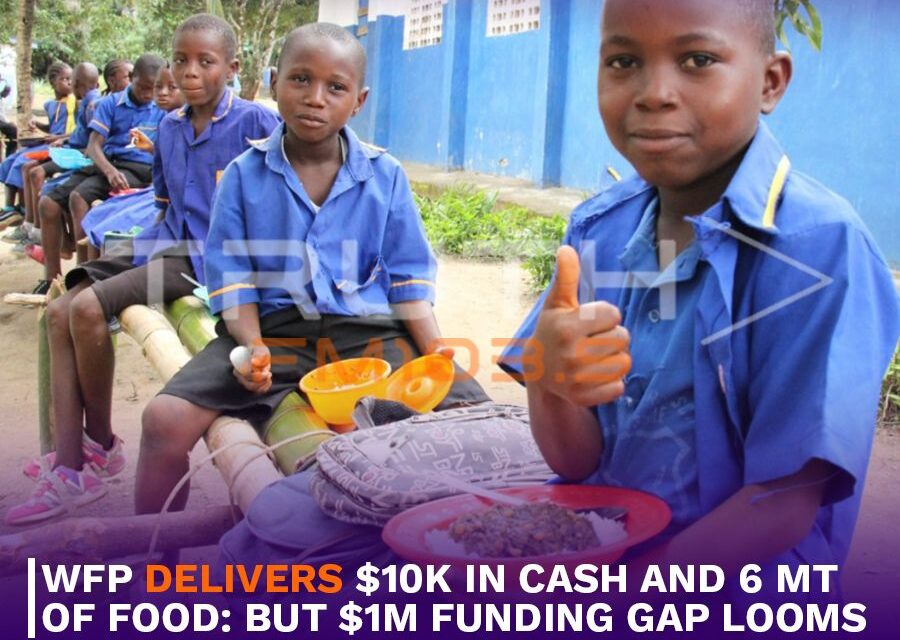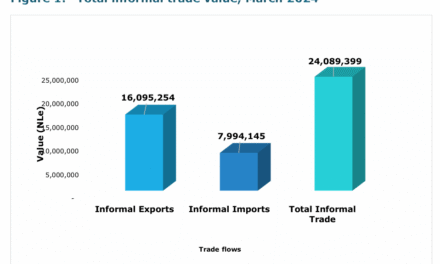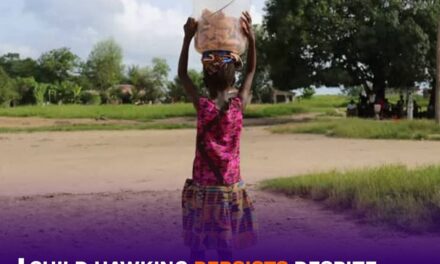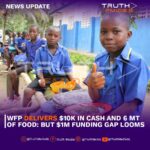Freetown, 9th October 2025- In a country where over half the population survives on less than US$2 a day, the World Food Programme (WFP) has delivered a timely infusion of financial and nutritional aid, reaching 3,666 vulnerable individuals between September and early October. The assistance, 52% of which went to women, included 6 metric tonnes of food and US$10,116 in direct cash-based transfers, offering a lifeline to households grappling with chronic food insecurity.
This economic intervention arrives as Sierra Leone shows early signs of recovery. According to the September 2024 Food Security Monitoring System (FSMS), food insecurity has slightly declined, with 77% of the population still affected down from 80% in 2023. More notably, the proportion of severely food-insecure households dropped by 11 percentage points, from 28% to 17%, signaling a modest but meaningful shift in household resilience.
Market indicators also reflect a positive trend. The price of imported rice fell by 18% and local rice by 3% compared to June 2024, easing pressure on household budgets and improving access to staple foods. These shifts suggest that targeted interventions like WFP’s are not only alleviating immediate hunger but also contributing to broader economic stabilization.
However, sustaining this momentum requires urgent financial backing. WFP has flagged a six-month net funding requirement of US$1 million to continue operations through February 2026. Without renewed donor support, gains made in food security and economic relief risk being reversed, especially as global economic headwinds and climate disruptions continue to threaten progress.
In a push to combat malnutrition and bolster food security, the World Food Programme (WFP) intensified its operations across Sierra Leone in August. Four food processing sites in Pujehun, Moyamba, and Kambia districts continued producing and distributing Nyam Nyam Pap, a locally fortified complementary food tailored for children aged 6–23 months. This initiative leverages seasonal crops to enhance nutrition among vulnerable groups.
Disaster preparedness also took center stage. In collaboration with the National Disaster Management Agency (NDMA), WFP conducted capacity-strengthening workshops and re-established District Disaster Management Committees in flood-prone areas, decentralizing risk management and boosting local response capabilities.
Agricultural resilience projects flourished in Kenema and Falaba districts, where farmers engaged in rice and orange-flesh sweet potato cultivation. Inland Valley Swamp (IVS) sites saw expanded ploughing, transplanting, and nursery setups, supported by improved irrigation systems and rice mill maintenance.
Meanwhile, the Nature Nourishes Project, funded by the EU and implemented with the Ministries of Environment and Finance, launched to combat alarming deforestation trends identified by satellite monitoring. The initiative links forest restoration and park preservation to sustainable livelihoods, aiming to reverse environmental degradation while creating green economic opportunities.
In terms of its challenges, August brought torrential rains that severely disrupted WFP’s field operations. Flooded roads and waterlogged fields rendered many communities inaccessible, delaying monitoring missions and obstructing the delivery of essential supplies. Trucks were unable to reach remote sites, forcing postponements in the distribution of tools and agricultural inputs.
These logistical setbacks directly impacted farmers’ ability to maintain productivity and execute planned activities under resilience programmes. Yet, WFP adapted swiftly redirecting efforts to accessible zones and intensifying collaboration with local partners to ensure that critical support reached those most in need.
The challenges highlight the fragility of Sierra Leone’s infrastructure and the urgent need for climate-resilient systems. As WFP continues to navigate these hurdles, its commitment to agile response and community engagement remains central to sustaining progress in the face of adversity.









